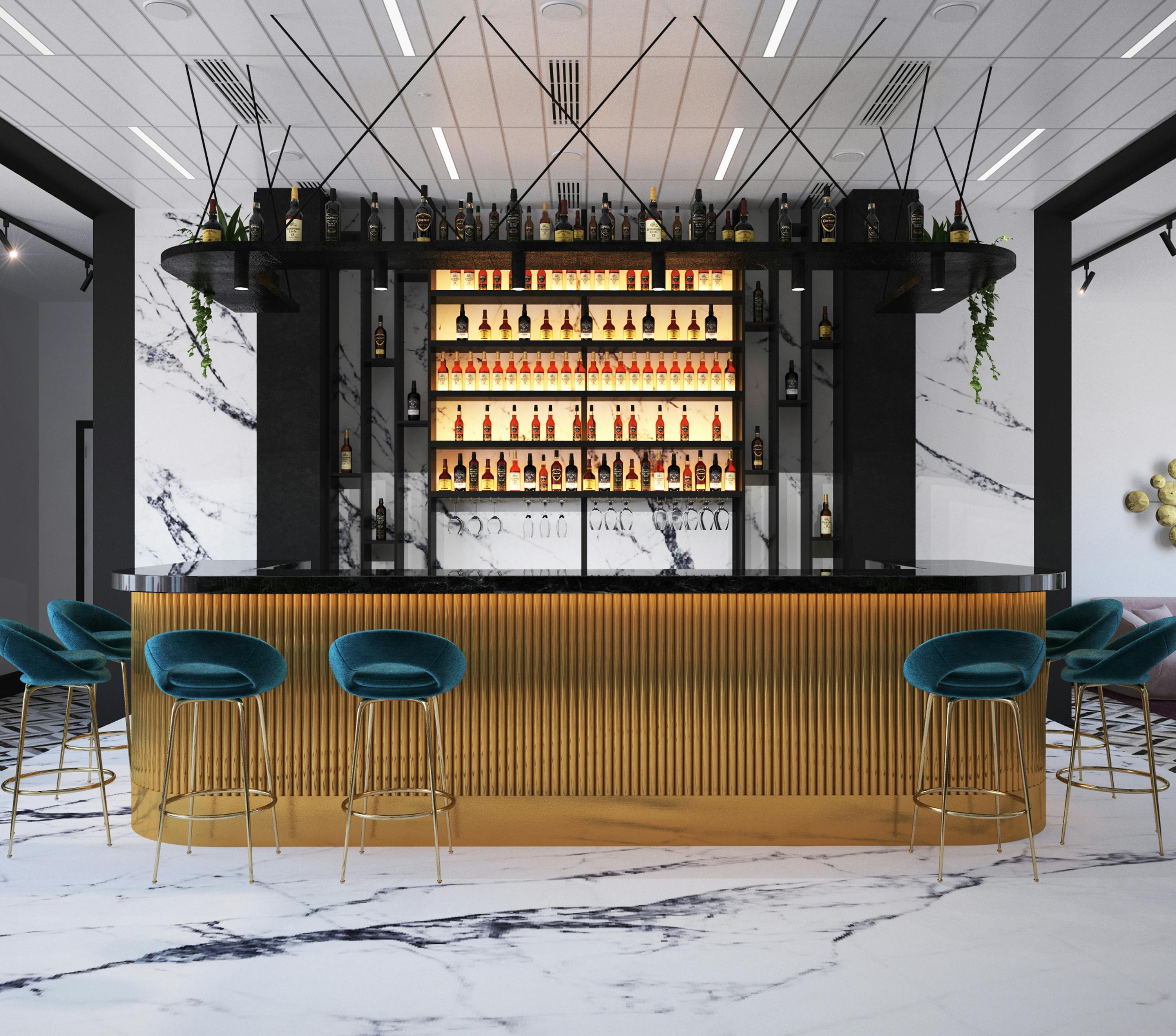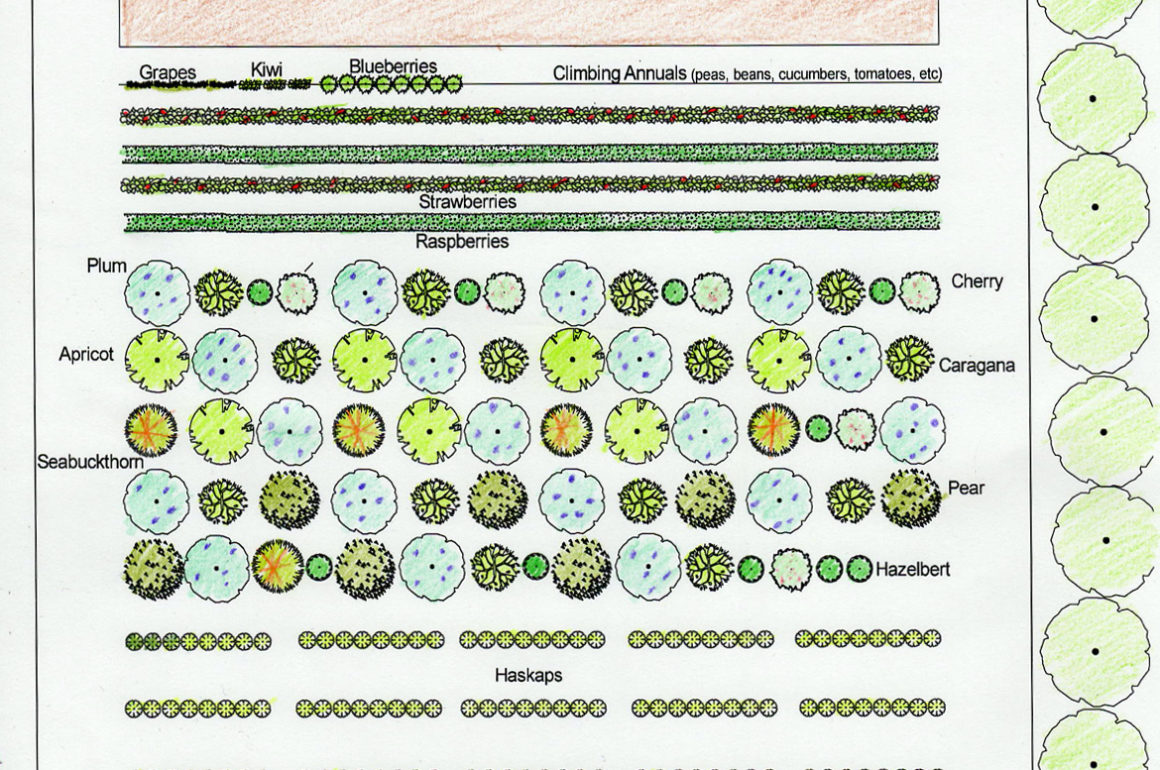Table Of Content

Guests can enjoy snacks, dim sum, and small plates as they sip on cocktails, spirits, wine and more. From a visual perspective, your seating should complement the rest of your bar design, whether it’s modern, classic, or something else altogether. The spatial distribution of a restaurant or bar is essential to its success.
Accent Walls With Bold Colors or Patterns
Engage patrons with a rotating gallery wall, showcasing paintings, sketches, or photographs from nearby talents. This not only supports local artists but also keeps your decor fresh and interesting. Transforming old, discarded wine barrels into elegant tables provides a unique touch to any winery restaurant. The rich, deep hues of the oak barrels, coupled with historic wine stains, contribute to a nostalgic, rustic ambiance. Next, ornate fixtures and fittings such as elaborate light fixtures or brass bar stools can be used. A sophisticated color combination of black, gold and jewel tones like emerald green or ruby red will enhance the overall elegance of the space.
Proof Cocktail Bar, Calgary, Alberta
Lightspeed is a cloud-based commerce platform powering small and medium-sized businesses in over 100 countries around the world. With smart, scalable and dependable point of sale systems, it's an all-in-one solution that helps restaurants and retailers sell across channels, manage operations, engage with consumers, accept payments and grow their business. Alternatively, you could use shelving to both store and beautifully display bottles of liquor. Just be mindful of creating an easy way for bartenders to reach bottles if the shelving goes high up. Take inspiration from Charleston’s 5Church, which displays its liquor on open shelving behind the bar. Chairs with backs are more comfortable for guests, so they’ll stay longer, and will likely order more drinks.
Dezeen Jobs
From sleek contemporary marvels to cosy themed hideaways and euphoric expanses, restaurant bars offer a canvas for ingenuity, innovation, and indulgence. Let us explore and delve into the enchanting world of 10 restaurant bar designs and uncover the secrets behind their allure. Classic restaurant designs transport diners back in time, using vintage themes, retro graphics, and a muted color palette to evoke nostalgia.
Interior Design
The use of graphics, typography, and minimalist design elements ensures a memorable dining experience that captivates and entertains. Similarly, the location’s history, culture, and environment can inspire and shape the design. A seaside restaurant, for example, might draw on nautical themes and materials, while an urban rooftop venue could embrace modernist elements and city views. For instance, a restaurant focusing on farm-to-table dining might incorporate natural materials, open spaces, and greenery into its design to reflect its commitment to freshness and sustainability. This concept not only dictates the aesthetic direction but also influences functional aspects of the design, such as the flow of movement within the space, the layout of dining and kitchen areas, and the incorporation of technology. It is the vision that guides the creation of spaces, the selection of materials, and the integration of the environment into a cohesive experience that aligns with the restaurant’s identity and goals.
Accommodate guests who don’t want a meal
Project M Plus, a Los Angeles-based collective of architects and designers, used a palette of warm tones to "stimulate the appetite and the senses" for this restaurant in Riverside. The Gucci store in Beverly Hills has its own Italian restaurant on the top floor. The intimate 50-cover eatery is designed to look like the fashion house's restaurant in Florence, with a marble entrance and tapestry rugs spread over wooden parquet flooring. Though Naran is excited to introduce his long-gestating concept to Angelenos, he’s balancing it with the current economic realities of the restaurant industry.
Establish a sense of arrival with unique signage and seating for guests waiting for tables, like London, U.K.-based El Pastór, which transports diners to Mexico City the moment they approach the restaurant. The elegance of a glass display housing a range of wines not only complements a restaurant bar design but can pique the interest of wine-loving patrons. Incorporating chrome edges, vinyl stools, and checkered floor tiles can recreate the nostalgia of classic American diners. A long counterserve, preferably bar-height, serves not only as a distinct design feature but also as a space-efficient dining area.
Inside the Hidden World of Restaurant Design - D Magazine
Inside the Hidden World of Restaurant Design.
Posted: Fri, 30 Jun 2017 07:00:00 GMT [source]
More Restaurants and bars stories
Try creating an accent wall with your restaurant’s name, like this typography mural at Malmö Restaurant in Valencia, Spain, which features the brand name alongside a few staple ingredients like eggplant, mushrooms, and nuts. Incorporating colors and styles that give a nod to your corner of the world is one of the most common restaurant decor ideas because it works wonders at setting a mood. This is an especially smart move if your restaurant is located in a tourist city or town, like Sisterhood, a restaurant with a beachy vibe based in Tasmania, Australia. Just keep in mind the 7 elements of interior design – color, form, light, line, pattern, texture, and space – and see how many you can incorporate into your restaurant to create a beautiful space your guests will love to dine in. Depending on the establishment’s capacity, a sports bar can be a specific version of a local tavern.
This article will explore a variety of design ideas, from clever storage solutions to innovative seating arrangements, and from lighting techniques to aesthetic themes. By the end, you will be equipped with a plethora of ideas to transform your small restaurant bar into a chic and inviting hotspot. Kelly Architects is a West Coast design firm, a California corporation, inherently linked to the dynamic ever-changing entertainment culture in the City of Angels. We are a studio of bright, creative and young designers providing serious architectural and interior design services for creative entrepreneurs.
The thoughtful arrangement of seating, décor, and lighting complements the high standards of service and cuisine, catering to those who appreciate refined dining in a sophisticated setting. The fast casual design merges various rugged textures and materials to present a casual aesthetic with style. Here, we delve into the key components, exploring how each contributes to the overall dining experience.
If you run a busy restaurant, giving a prime table to a party that just wants drinks can mean lost profits. When you have a bar in your restaurant, you can offer bar seating or high tops to guests that don’t need tables, i.e., parties with smaller covers than guests who are having full meals. And, if you opt for bar stools, as opposed to bar chairs with backs, you’ll likely turn guests over more quickly at the bar and maximize profits. But for a more private affair, a separate dining room provides plenty of privacy and contrast to the main space showcasing a maximalist wall-to-wall, hand-painted mural abstracting the Bauhaus grid. The room is also adorned with Ant chairs by Arne Jacobsen for Fritz Hansen, a vintage Makio Hasuike for Seccose metro dining table, Maru pendant lighting by Ingo Maurer – and its own entrance with a branded door pull. Put your best face forward from the get-go and make sure the entryway of your restaurant is inviting, aesthetically pleasing, and on-brand.
Designing a restaurant is a complex endeavor that requires careful consideration of several interrelated components. Each aspect plays a crucial role in creating an environment that is both functional and appealing to the target clientele. This thematic coherence helps in establishing a strong brand identity and sets the stage for the culinary journey that guests will embark upon. It encompasses the seamless integration of spatial organization, thematic coherence, sensory engagement, and operational functionality to create spaces that are both beautiful and practical.

Your restaurant bar design layout should make it as easy as possible for bartenders and barbacks to work efficiently. There should be lots of room to mix drinks and ample space for restaurant equipment like coolers, ice wells, glass racks, and more. Restaurant interior design ideas should be memorable in a good way, which is why choosing a theme for your decor is crucial. You don’t want to overwhelm or confuse guests with too many different styles to look at. Rather, your space should evoke a distinct theme, like the alpine-style Park Distillery in Canada’s Banff National Park. You’ve likely watched in awe as an interior designer on a reality TV show transformed a shabby space into a masterpiece.

Taking cues from the cosmopolitan environments, urban modern design is a fusion of various contemporary and vintage traits. With nods to industrial, modern and transitional influences, this elevated design style stands on its own. It also makes a savvy route to create your own oasis at your restaurant bar. The fusion of culinary excellence and immersive dining has flourished as an art form in its own right.
This trend reflects a broader appreciation for storytelling through space, where the history and original elements of the building contribute to the dining experience. This approach not only preserves historical and cultural landmarks but also offers unique architectural features that can become a key part of the restaurant’s identity. This concept appeals to those who cherish old-school elegance and the charm of dining experiences from the past. Such thoughtful design elements contribute to building a strong brand identity, making these establishments memorable dining destinations. The use of monochromatic colors, natural lighting, and strategic mirror placements creates an illusion of space, embodying the minimalist ethos of eliminating the unnecessary while accentuating the essential.

No comments:
Post a Comment